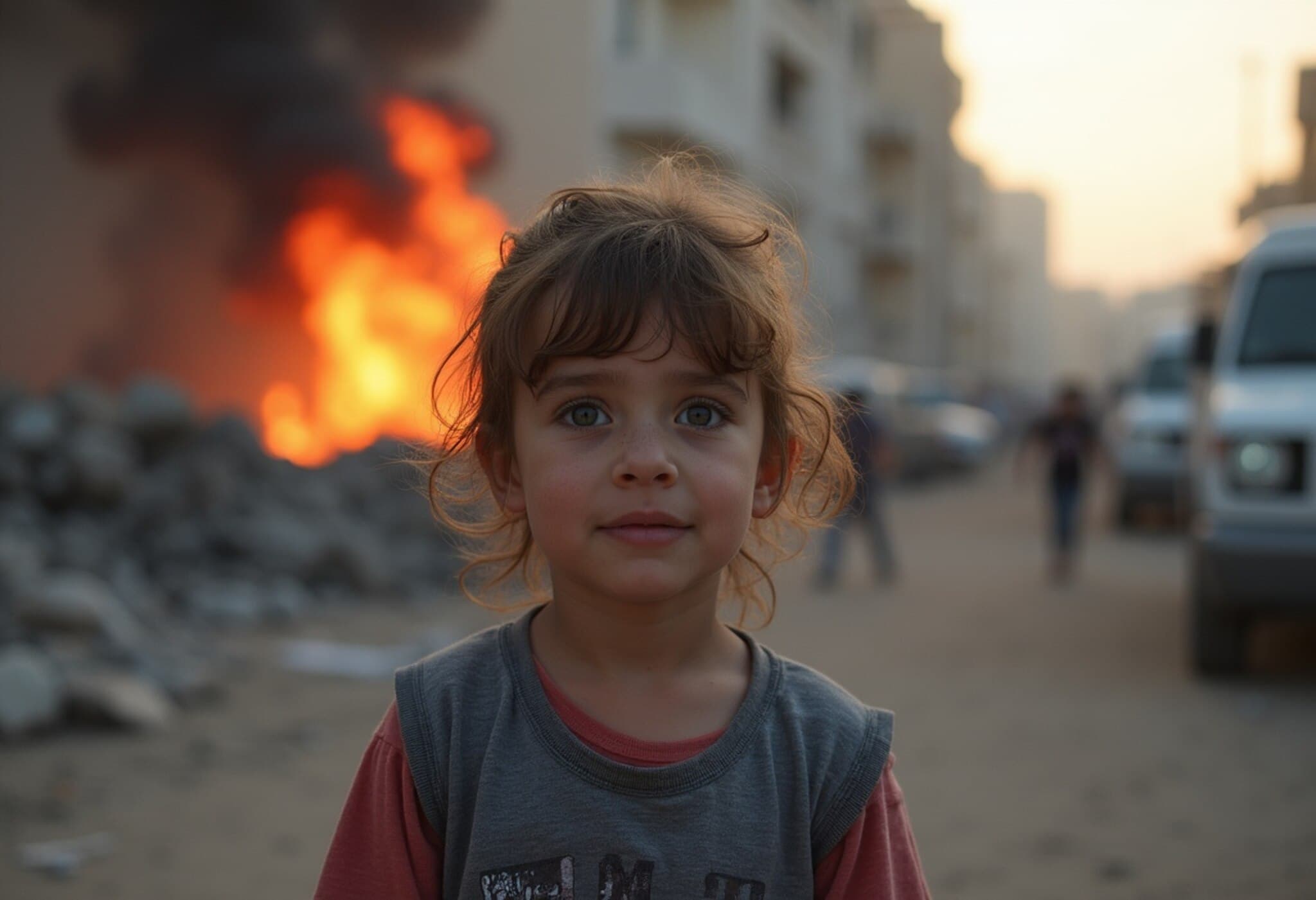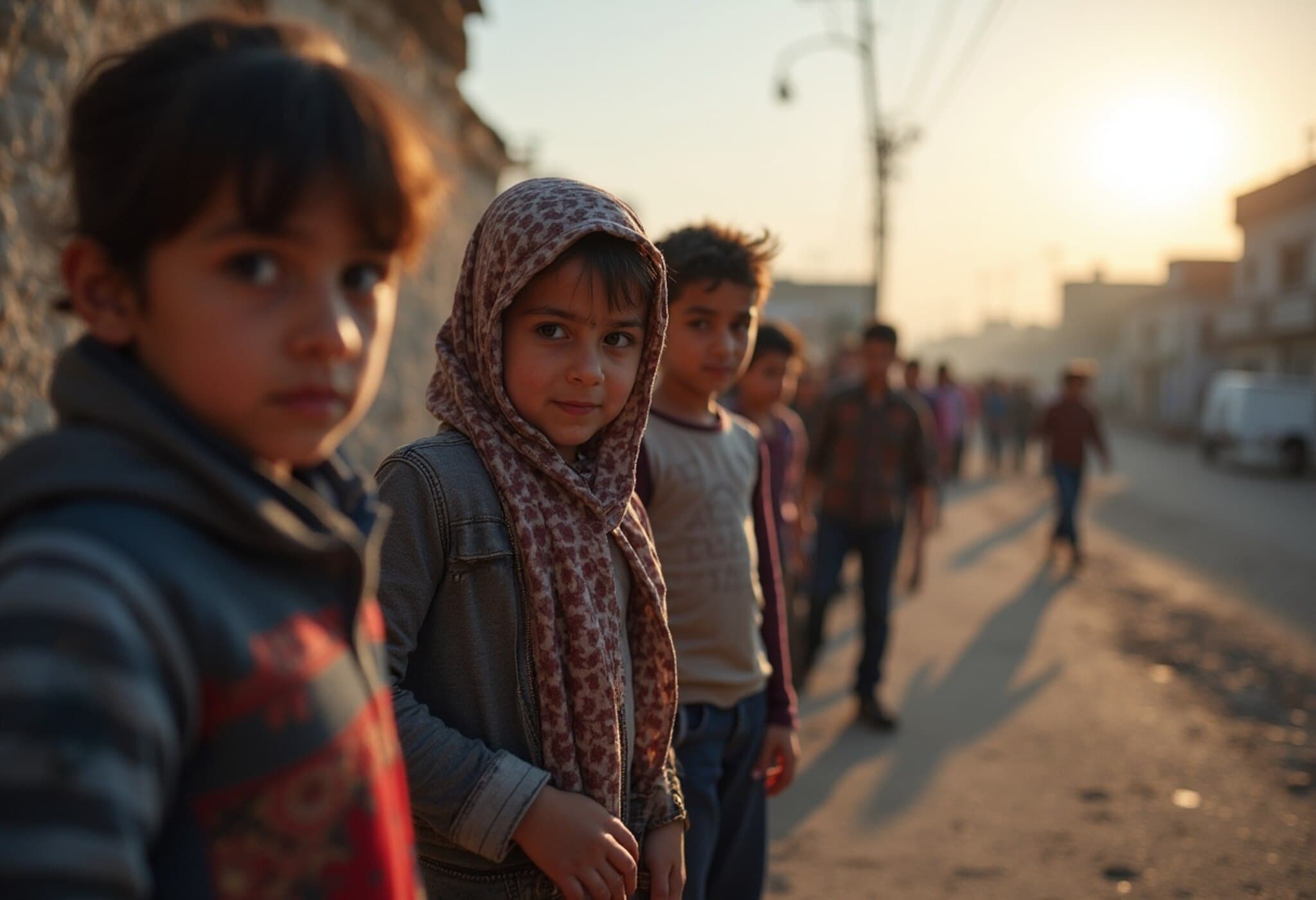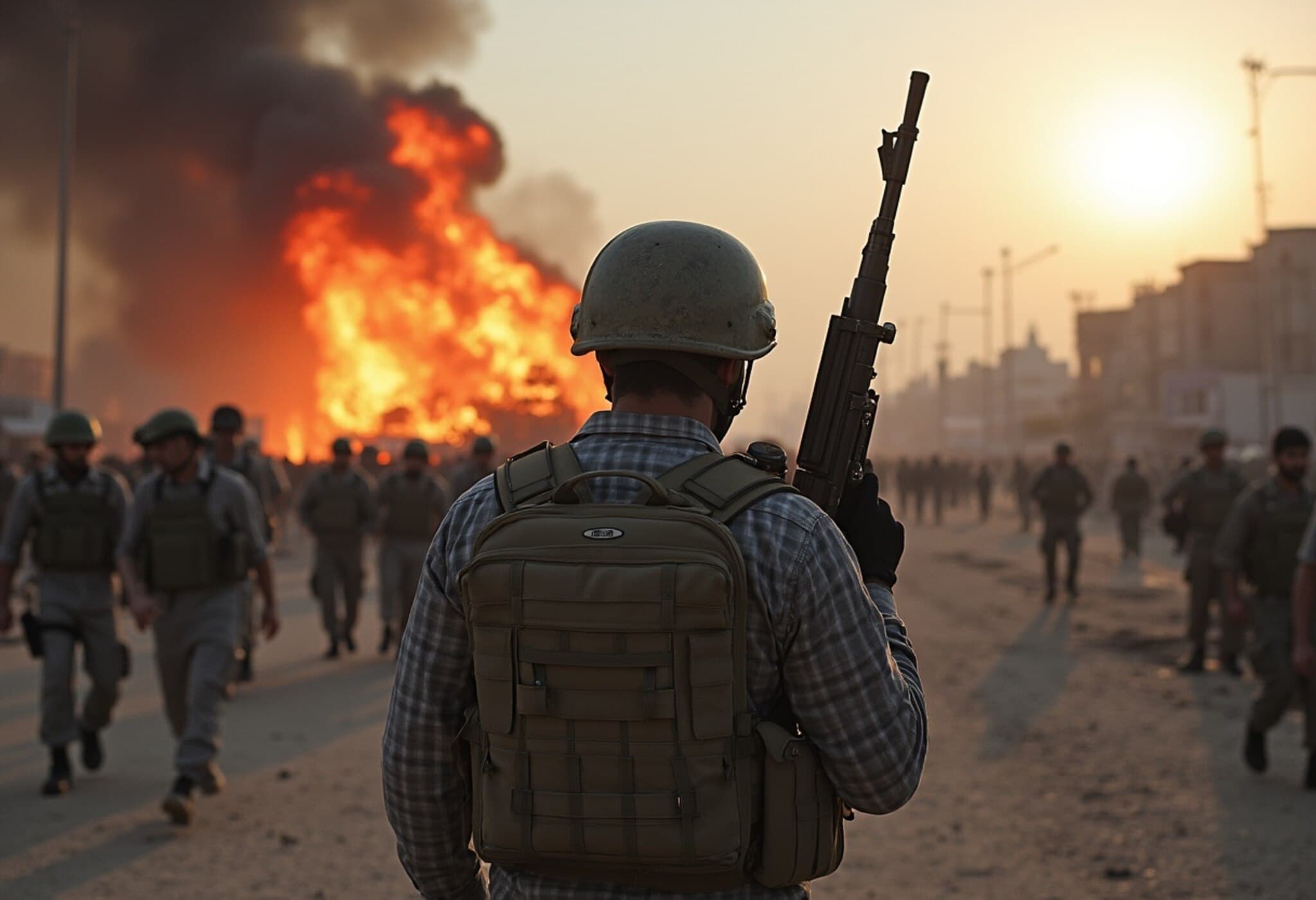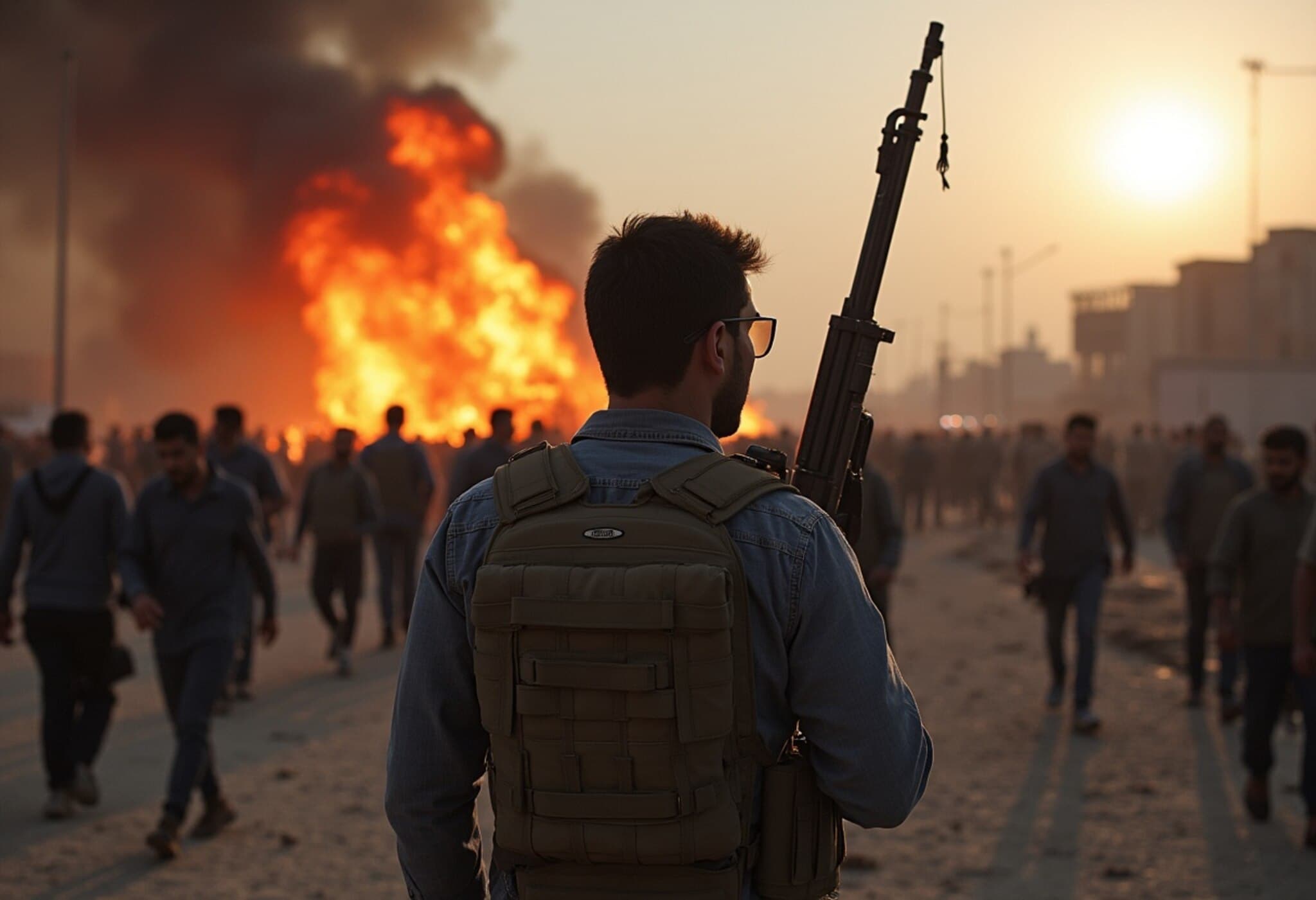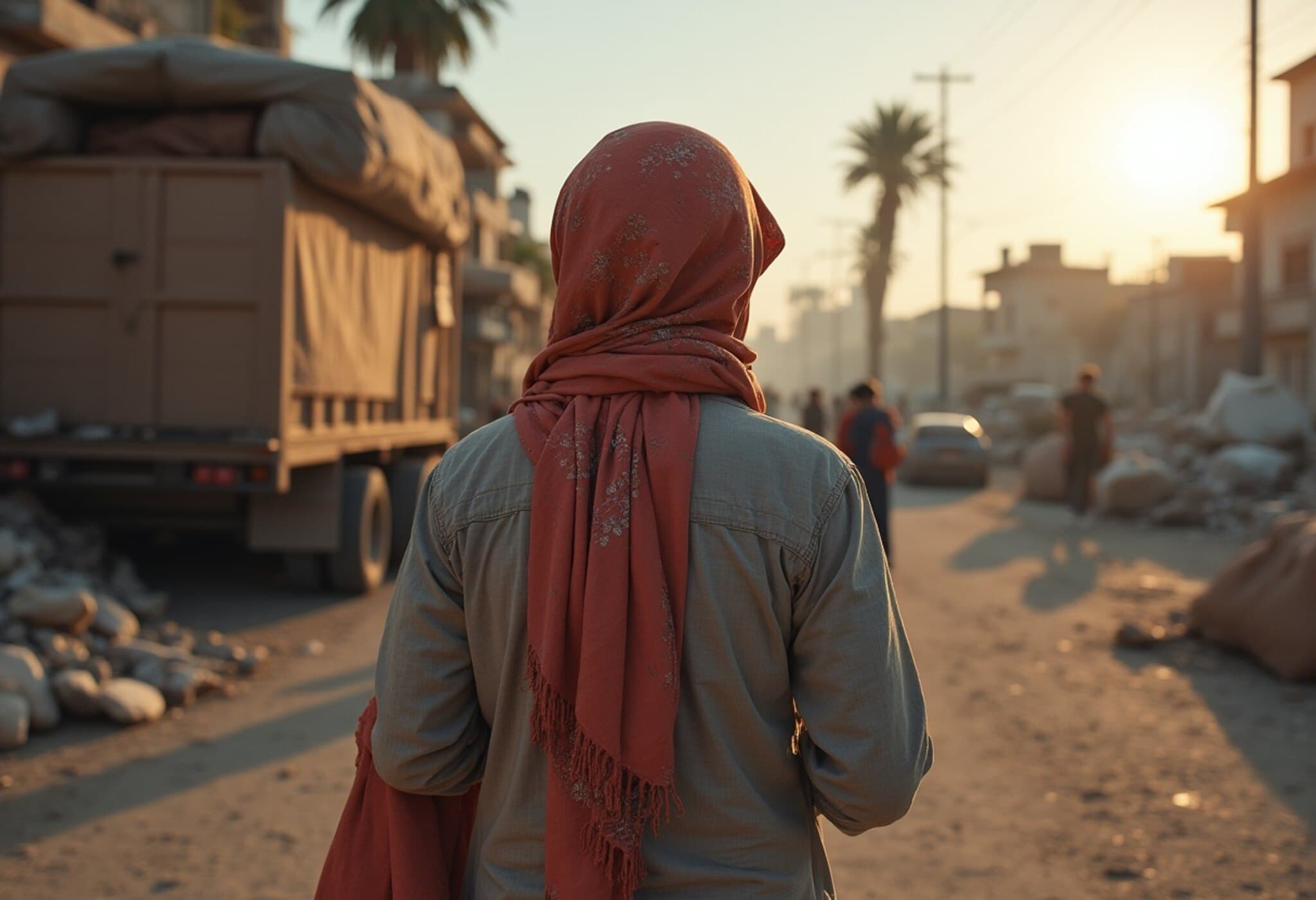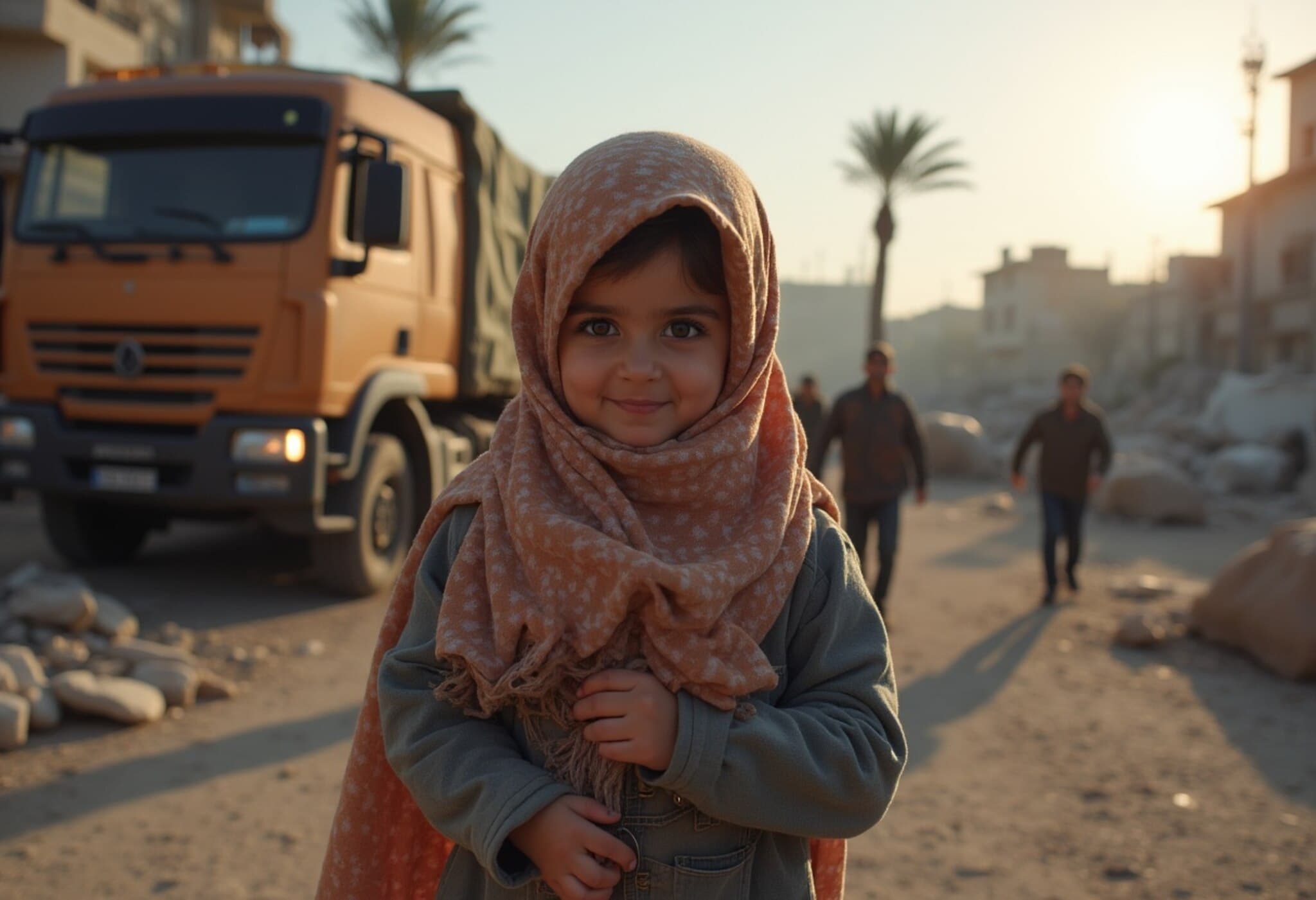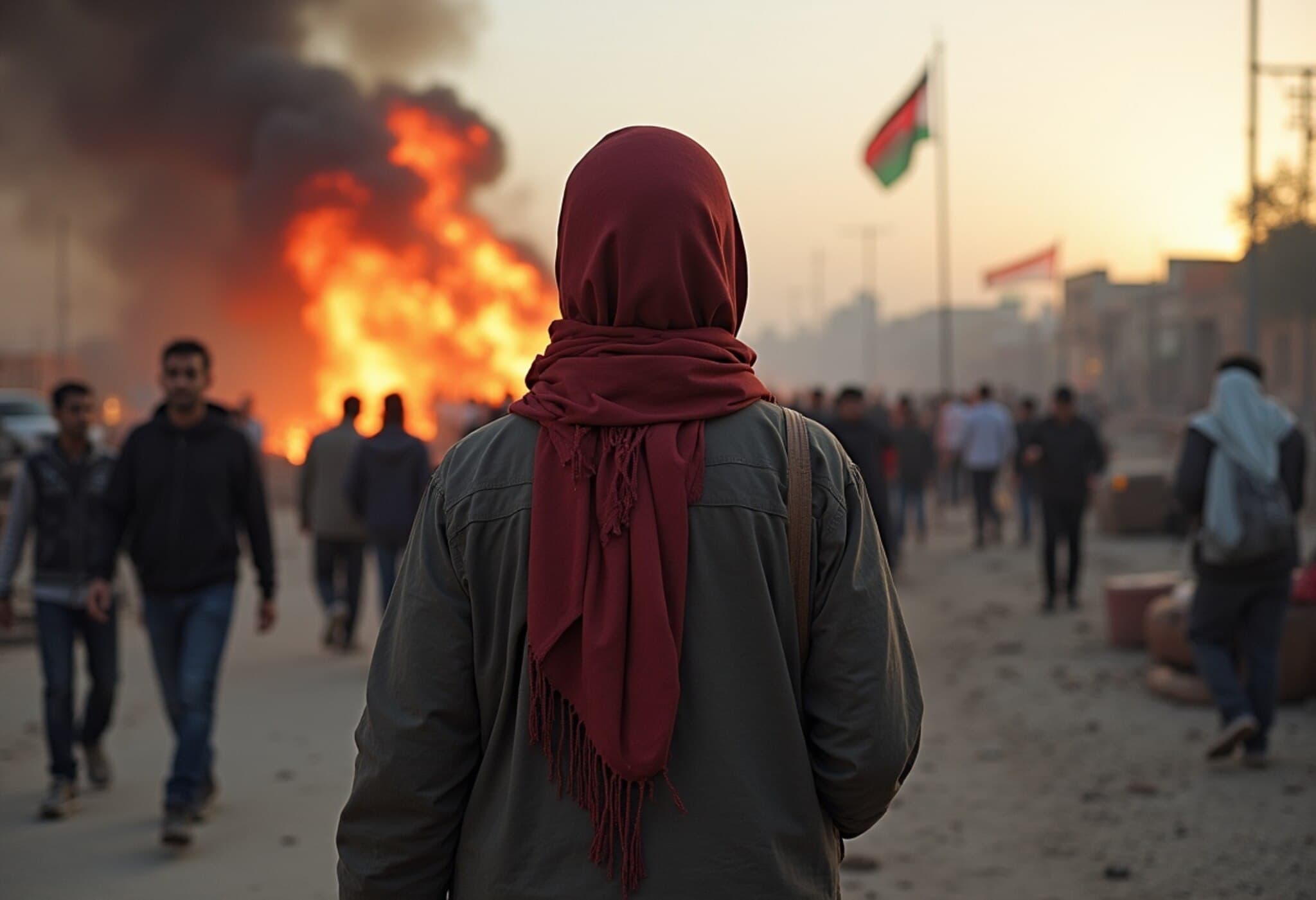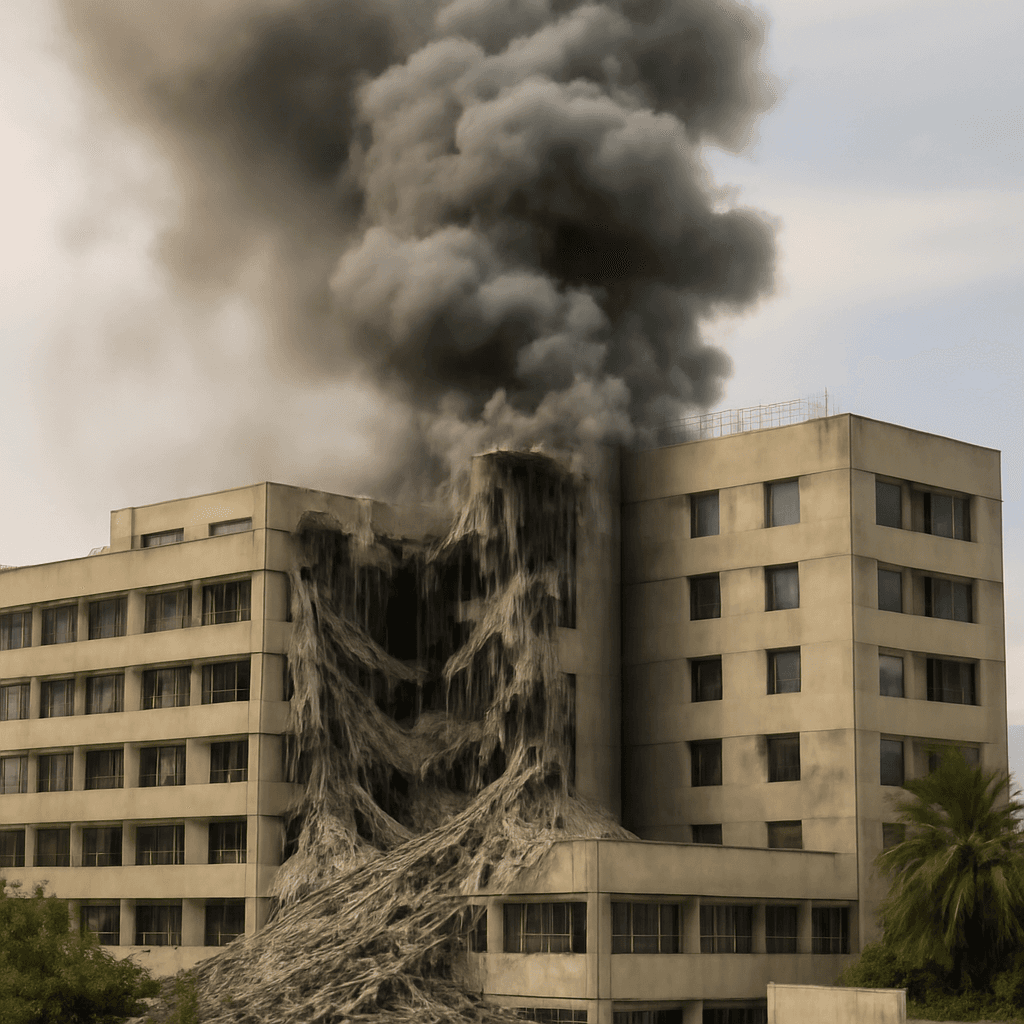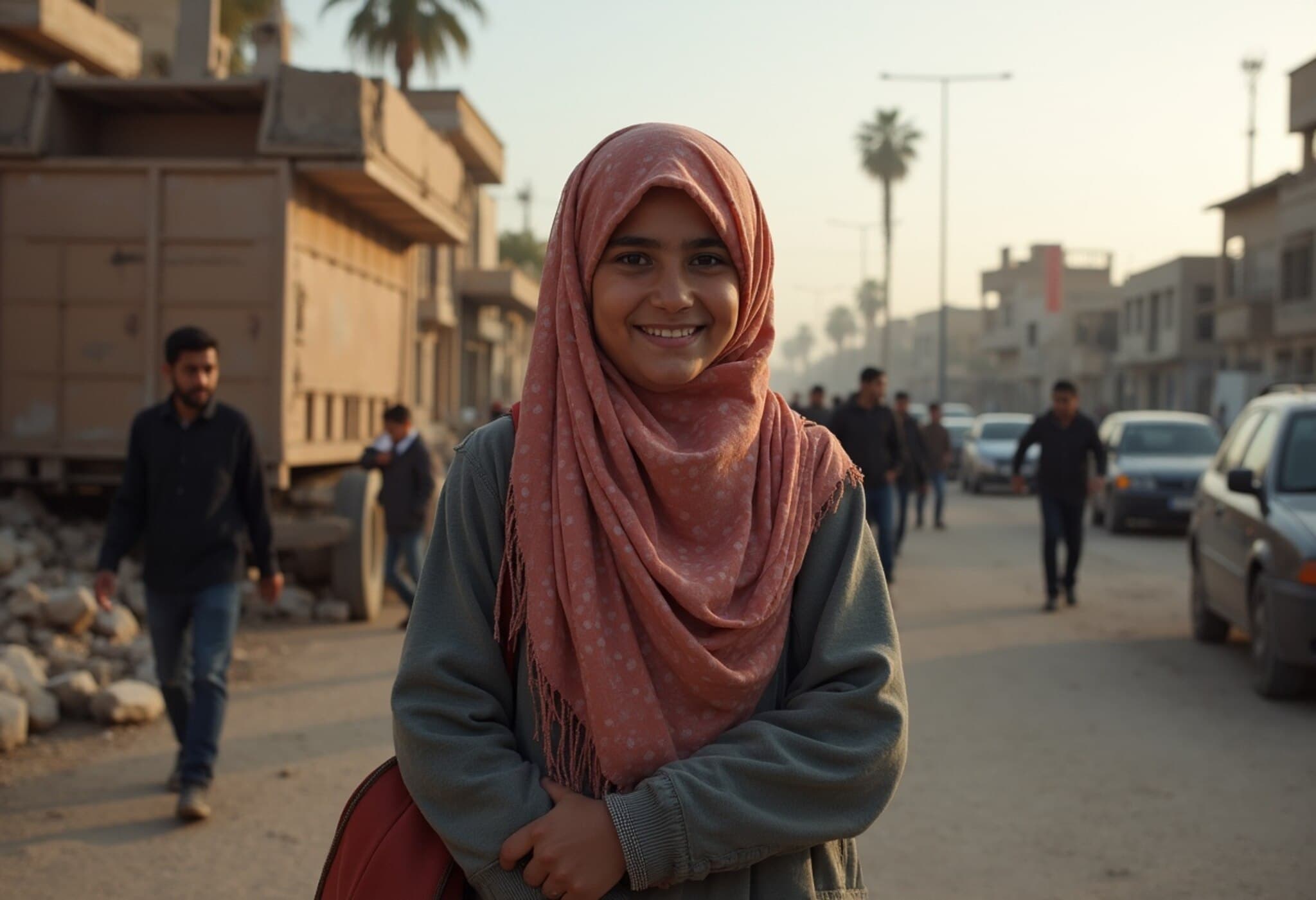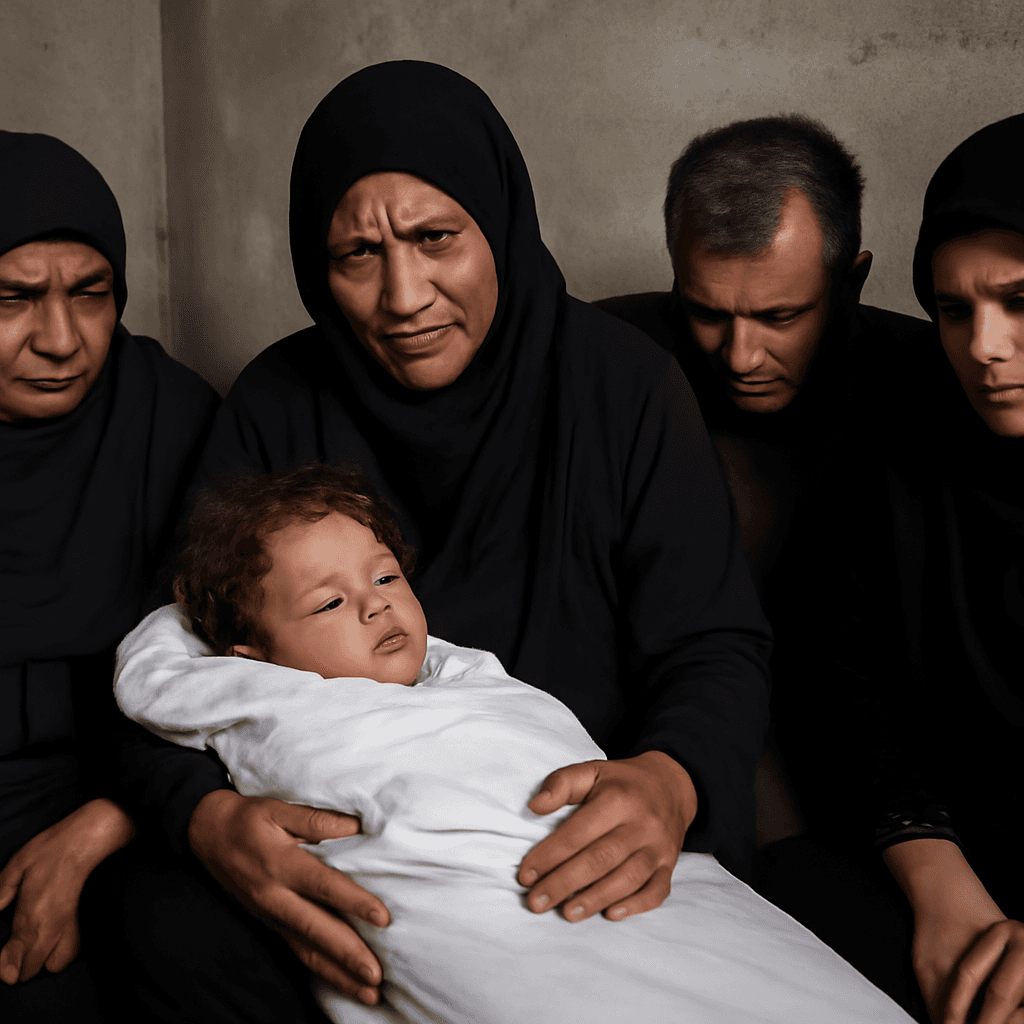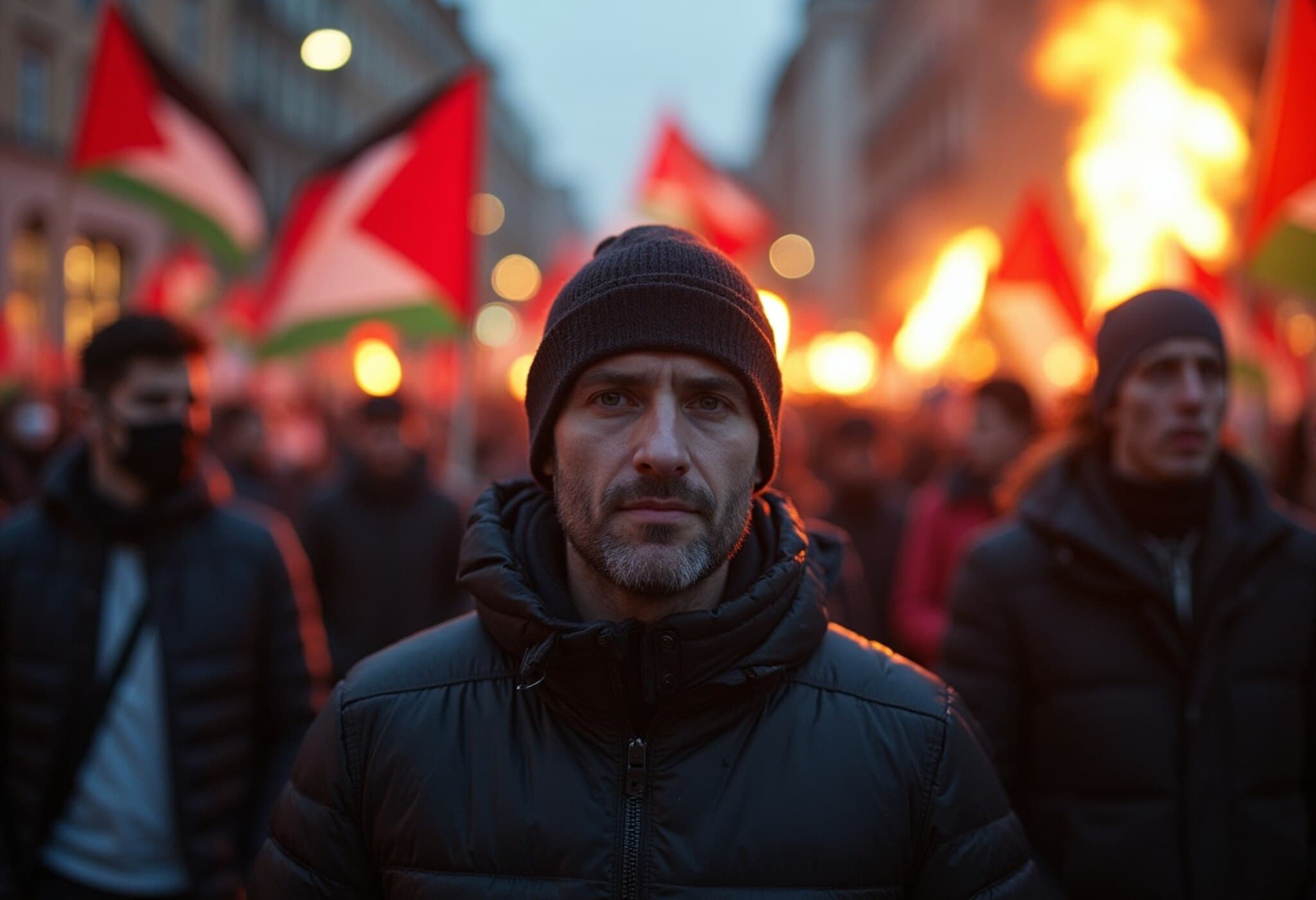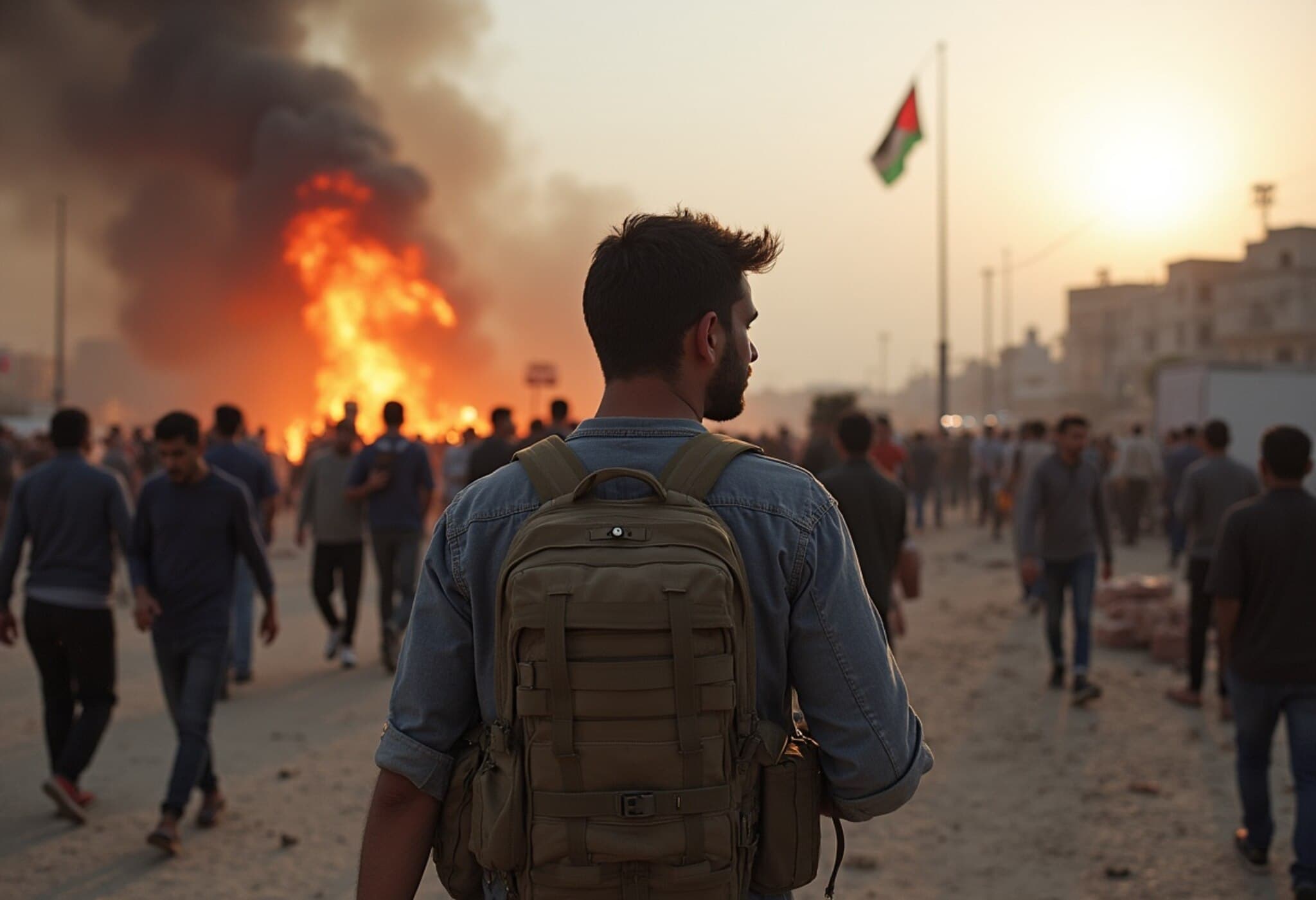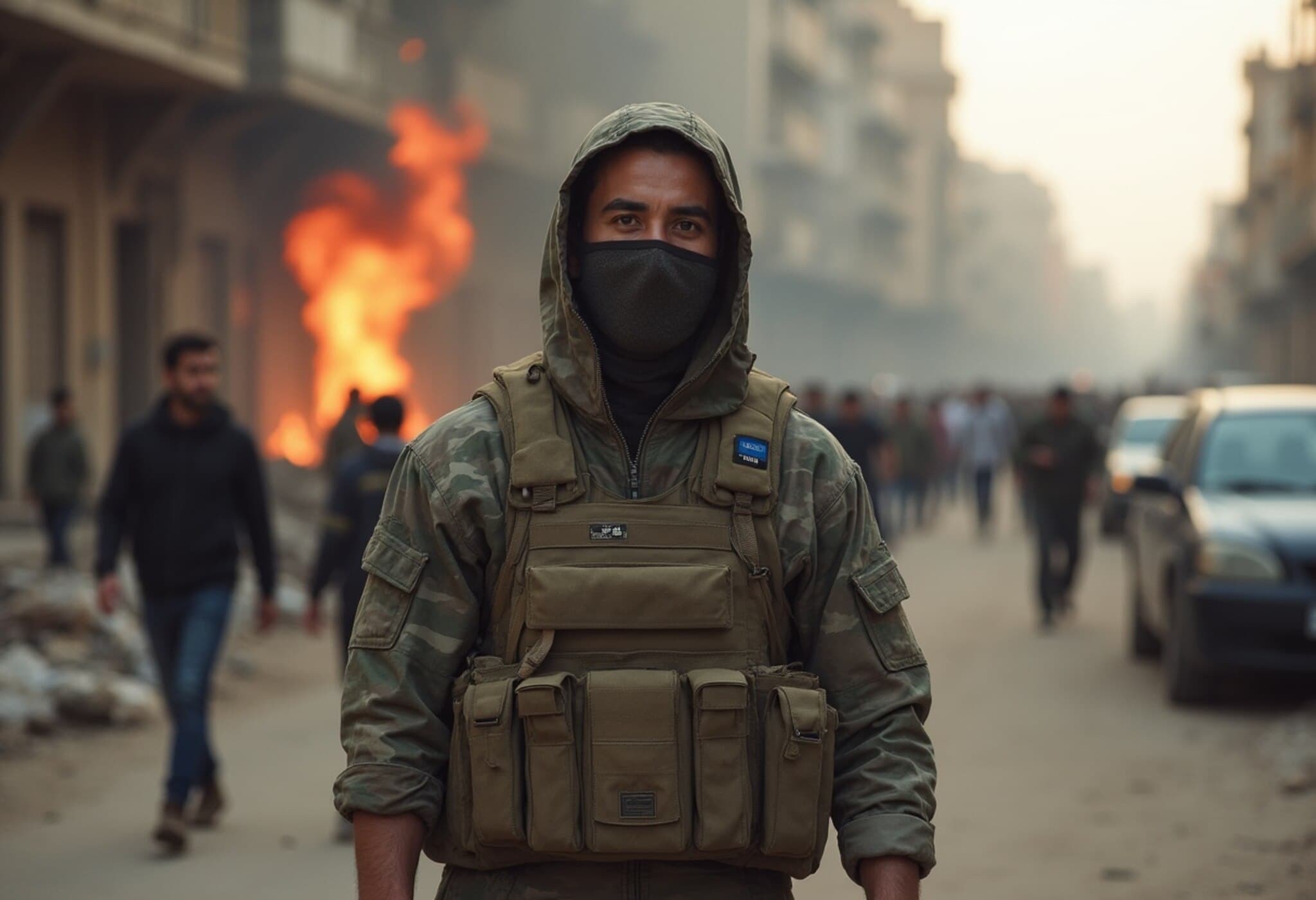Children Among Those Killed in Latest Israeli Airstrikes on Gaza
In a heartbreaking escalation of violence, an Israeli airstrike struck a Palestinian area close to a US-operated medical center in Gaza, resulting in the deaths of 10 children and six adults. This grim episode marks one of the deadliest recent attacks on civilian populations in the conflict between Israel and Palestinian groups.
The Human Cost of the Conflict
The strike occurred in a densely populated neighborhood already reeling from previous confrontations. The presence of a US-run medical facility underscores the distressing reality that even zones typically considered safe or neutral are not immune from bombardment. The loss of children—innocent victims caught in the crossfire—amplifies concerns about the humanitarian consequences of ongoing military actions.
Contextualizing the Strikes
Israeli security officials assert that their airstrikes target militant infrastructure in Gaza, citing the need to neutralize threats to Israeli citizens. Nonetheless, the tragic civilian casualties continue to fuel international debates over proportionality and the protection of non-combatants under international law.
Experts highlight that such incidents not only magnify human suffering but also complicate diplomatic efforts aimed at de-escalation. According to international humanitarian law, parties in conflict are obligated to distinguish between combatants and civilians and take all feasible precautions to avoid civilian harm—standards that observers argue are repeatedly tested by strikes in heavily populated areas.
Underreported Perspectives and Regional Implications
What often goes under-discussed amid headline-making attacks is the long-term impact on Gaza’s youngest population—children who face trauma, interrupted education, and precarious access to healthcare. Human rights organizations warn that sustained exposure to violence risks fostering a lost generation marked by psychological scars and social instability.
From an American policy perspective, the strike’s proximity to a US-managed medical center raises questions about the safety of international aid infrastructure and the United States’ role in mediating and responding to the crisis. Given the US’s significant political and military engagement in the region, there is increasing pressure on Washington to leverage its influence to protect civilians and promote lasting peace.
Looking Forward: Questions for the International Community
- How can greater accountability be enforced to minimize civilian casualties in conflict zones?
- What mechanisms exist to ensure the protection of humanitarian facilities amid escalating hostilities?
- In what ways can diplomatic efforts be reinvigorated to break cycles of violence impacting the most vulnerable?
The tragedy in Gaza serves as a stark reminder that behind every statistic are real lives irrevocably altered. Addressing the roots of this conflict demands not only strategic policy moves but also an empathetic commitment to human security and dignity.
Editor's Note
This latest airstrike in Gaza painfully highlights the acute vulnerability of children in conflict zones and the dire consequences of military operations near civilian and humanitarian sites. As the international community watches, the challenge remains to balance legitimate security concerns with unwavering protection for civilians—especially children, whose future hangs in the balance. Readers are encouraged to consider the broader humanitarian narrative often overshadowed by political rhetoric.

